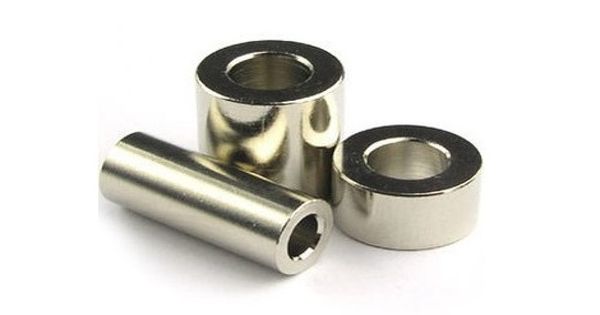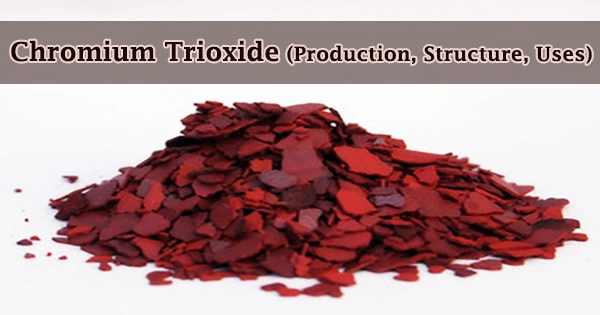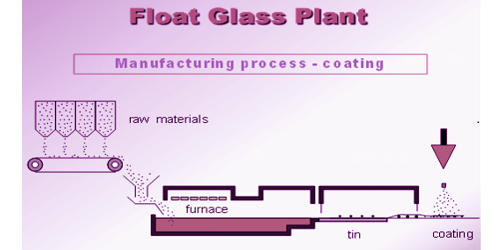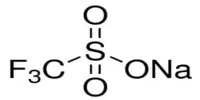Chrome plating is the process of electroplating a thin layer of chrome onto a metal or plastic object for decorative or practical purposes. It is a finishing treatment using the electrolytic deposition of chromium. It is a technique of electroplating a thin layer of chromium onto a metal object. The most common form of chrome plating is the thin, decorative bright chrome, which is typically a 10-μm layer over an underlying nickel plate. It is a finishing process that involves the application of chromium onto the surface of a metal workpiece or object. With a greater thickness, hard chrome plating allows for the production of a strong and durable outer layer that’s naturally protected against degradation.
The chrome plating process is a method of applying a thin layer of chromium onto a substrate (metal or alloy) through an electroplating procedure.
It’s essentially an electroplating technique that, like other electroplating techniques, requires an electrical charge. It can have decorative purposes or can enhance the desirable properties of machine components. When plating on iron or steel, an underlying plating of copper allows the nickel to adhere. The pores (tiny holes) in the nickel and chromium layers work to alleviate stress caused by thermal expansion mismatch but also hurt the corrosion resistance of the coating. To apply a layer of chromium onto a workpiece or object, a manufacturing company must apply an electrical charge to a tub or container filled with chromium anhydride.
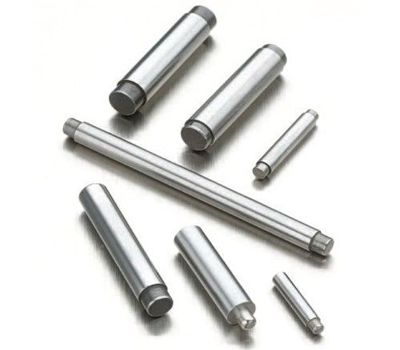
Chrome plating begins by cleaning and degreasing the metal workpiece or object. Corrosion resistance relies on what is called the passivation layer, which is determined by the chemical composition and processing and is damaged by cracks and pores. Once the workpiece or object has been thoroughly cleaned so that there’s no lingering debris, it’s placed inside a container filled with chromium anhydride. A variety of industrial applications use hard chrome plating to increase the wear and corrosion resistance of equipment components. Also known as engineered chrome or industrial chrome, hard chrome plating reduces friction between machine parts and improves component durability. Next, an electrical charge is applied to the container, thereby triggering a chemical reaction that causes the chromium to stick to the workpiece or object.
Depending on the application, coatings of different thicknesses will require different balances of the aforementioned properties. Chrome plating is often categorized as either decorating or hard, depending on the thickness of the chromium layer it’s used to create. Thin, bright chrome imparts a mirror-like finish to items such as metal furniture frames and automotive trim. Decorative chrome plating typically ranged from just 0.05 to 0.5 micrometers thick. Thicker deposits, up to 1000 μm, are called hard chrome and are used in industrial equipment to reduce friction and wear. It’s used on workpieces and objects made of a variety of materials, some of which include aluminum, low-carbon steel, high-carbon steel, plastic, copper and various alloys.
Information Source:
